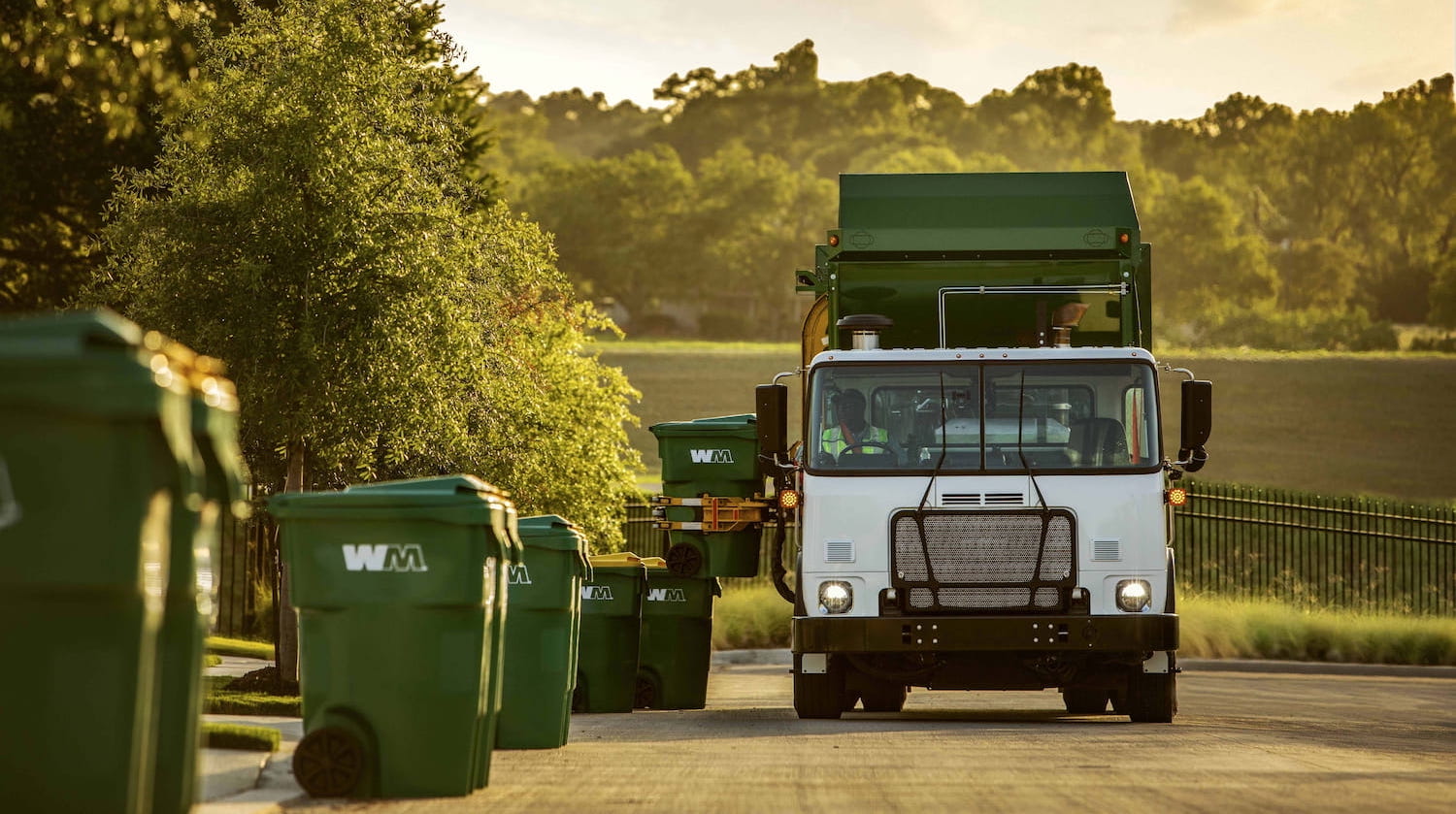If a holiday falls on a weekday, collections for the rest of the week will be pushed back a day. For a Thursday holiday, service would be on Friday, and Friday service would be Saturday. For holidays on Saturday or Sunday, there are no delays.
Home Trash Service in Willows, CA
Trash, Recycling & Yard Waste Pickup
Willows has partnered with WM to provide residential waste service that sets the standard for sustainable trash disposal and recycling.

Residential Pickup Schedules
For regular service and holidays
My WM & MoreQuick access to My WM and more tools to manage your service.
Quick access to My WM and more tools to manage your service.
Service Guides & Instructions
WM provides a 96, 64 or 35 gallon cart for weekly trash collection. Rates vary based on cart size selected. To view your specific service day, please click here, enter your address and select "Verify.”
Place container on the street with wheels against the curb by 5 a.m. on collection days and remove same day. Keep container at least three (3) feet from parked cars, mailboxes, and other obstacles that may prevent WM team members from picking it up.
All trash should be bagged. Do not overfill your container – the lid must close tightly. Overflow and materials outside may be subject to additional charge or will not be collected.
As of January 1, 2022, California state law SB 1383 requires residents to separate food scraps, yard trimmings, and food-soiled paper from trash and recycling.
However, Willows has been granted an exemption from this mandate until 2027. That means that food waste and food-soiled paper can still be placed in the trash cart.
Acceptable items include non-recyclables, packaging, plastic bags, non-hazardous waste, and textiles (donate if lightly used).
Non-acceptable items include construction waste, auto parts, tires, household hazardous waste (paint, oil, household cleaners), medical waste, and electronic waste.
For new service starts, please submit a request for help by clicking here. Select "Continue as Guest,” enter your address, and follow the prompts to submit a request.
If your container was curbside by the specified time and not emptied, click here to report a missed pickup via the link that will appear under the "Next Pickup” section after 6 p.m. on your service day and will remain for 72 hours. Missed pickups cannot be scheduled if your container was not out or was blocked at the time of service.
If you do not see the "Report Missed Pickup for Prior Service” link, that means you are not eligible or are outside the specified time.
Questions? Unable to submit your request? Please scroll to the bottom of the page to live chat with an agent or request help.
Additional carts are available for a fee. Click here to submit a request for help to make changes to your service. Select "Continue as Guest,” enter your address, and follow the prompts to submit a request.
To view your eligibility to request a container repair or replacement, please visit our support article, scroll to the "Residential” section, click "Get Started,” and enter your address.
Questions? Unable to submit your request? Please scroll to the bottom of the article to ”Request Help”.
These documents contain important information related to your WM services. We recommend you print or download them for quick reference.
Local Waste Management Services
Communities across North America trust WM for residential waste and recycling services.
At WM, we take the utmost care in everything we do — from collecting your trash and recycling on time to defining the future of sustainable waste management. WM is more than your waste services provider. We're your neighbors — proudly serving our community while taking care of our planet.
Need assistance?
Find a solution online or connect with a support agent.